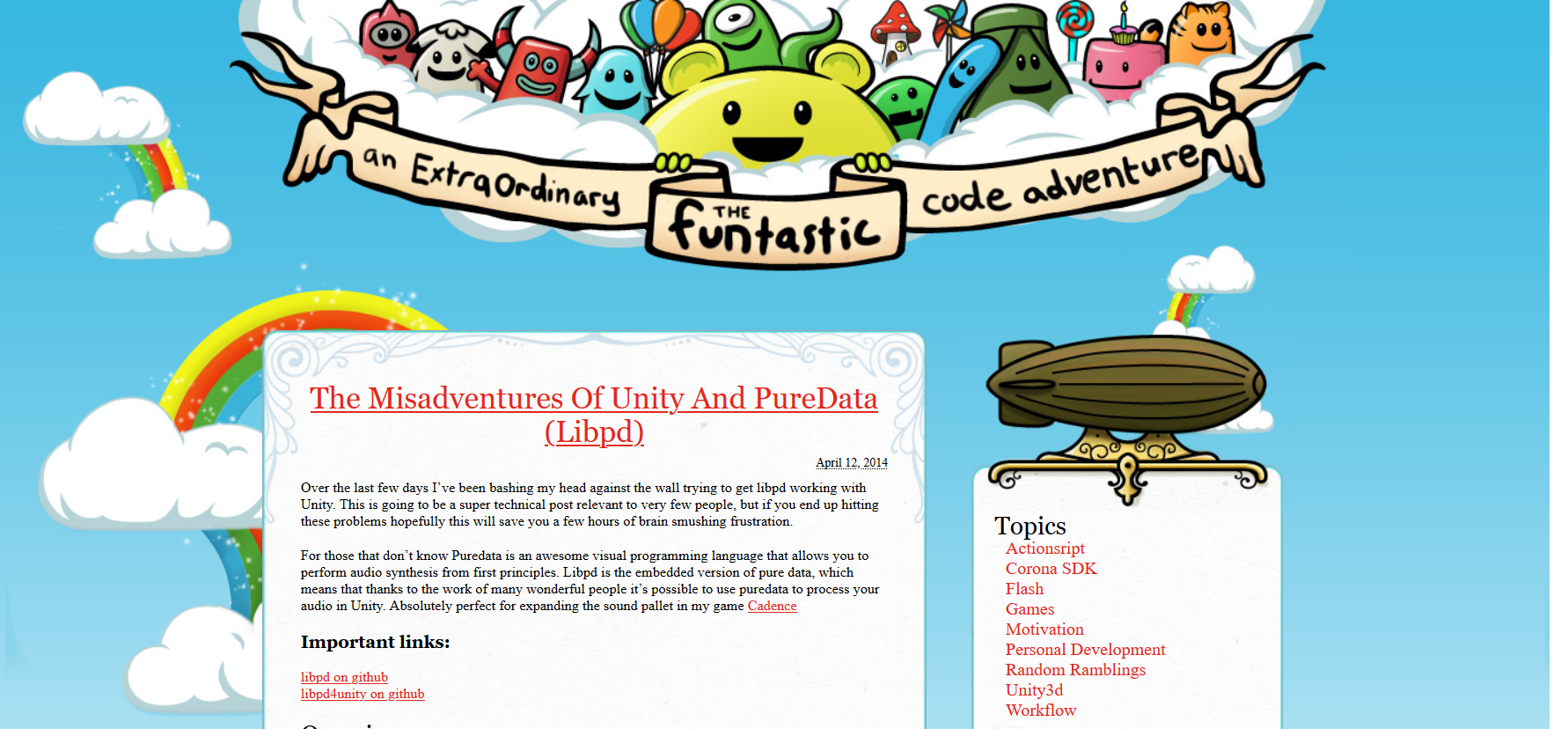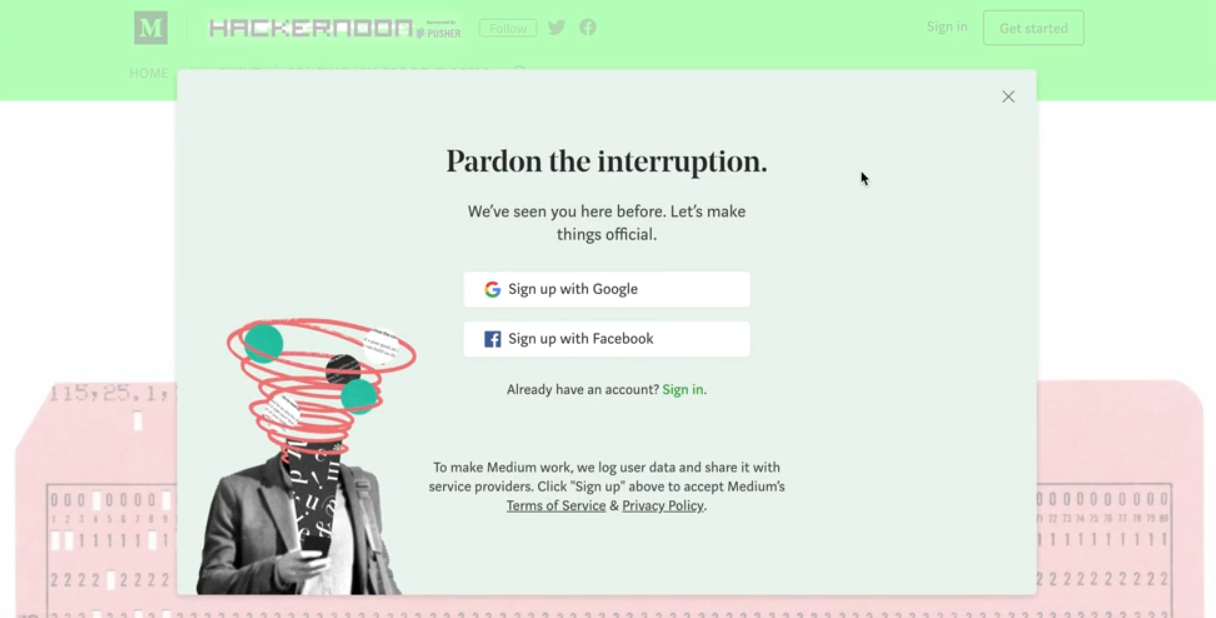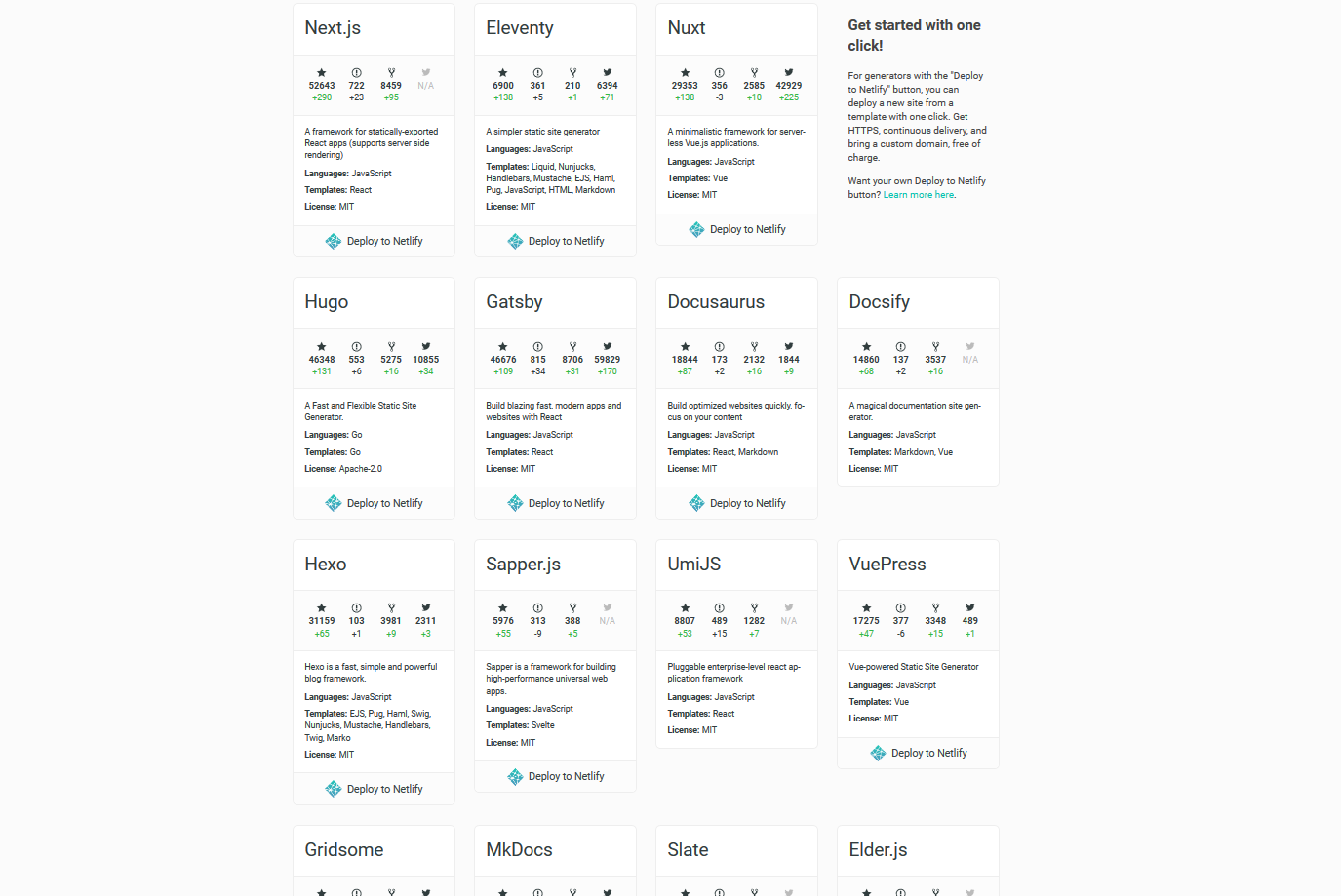Welcome to the new home of thefuntastic.com.
2023 Update
The site no longer uses Jamdocs (and by extension Gridsome). At the time the framework seemed very active, but it appears to have slipped into stasis soon after I created this site, and therefore incompatible with modern versions of node.
I anticipated bit-rot, but still a shorter life span than I was hoping for. Fortunately, markdown files are portable, and Docusaurs was almost a drop in replacment. In theory, being a Meta open-source project, it will stick around a bit longer.
Nostalgia for a different time
Way back in 2009 the world was a different place. MySpace was still a thing, albeit rapidly being eaten by Facebook. Facebook itself still had the wall. If you were in the know you were probably in on the hot new thing - Twitter. If you were bored you might log into Digg, Reddit was still "a fringe community with the ugly interface".
The Internet's golden age of wild-west self-expression was beginning to outgrow itself, but blogging remained wildly popular. Blogger, and platforms like it, allowed anyone to get online. However, if you wanted something more legitimate, chances were you had WordPress installed on a dodgy hosting provider somewhere.
The legacy site
The original site was built during this era. When IE 6's box model reigned in terror and I was only just learning the developer ropes. My first (and last) WordPress theme; it was, for me at the time, an incredibly ambitious undertaking.

The design exhibited tremendous creativity - a feature I'm still proud of today! However, the passage of time would introduce a litany of flaws. "Responsive web design" hadn't been uttered yet and the site never looked good on mobile. The embedded flash widgets, not yet a mortal sin, would eventually stop working too. Bit-rot finally put it out to pasture when hosting provider upgrades severed the database connection.
For all the technical flaws the insurmountable one would prove to be a loss of enthusiasm. Energies invested elsewhere, the whimsical nature and try-hard writing style no longer reflected my sensibilities or wisdom. Despite dutifully keeping it online till 2020, my last post was recorded as 2014.
Everything old is new again
The web's relentless conglomeration into platforms led most writers into the arms of Medium. With its best-in-class editor and refined design, it made WordPress seem arcane. Trusting your content to a platform can be dangerous though. It's a painful lesson we've learnt many times: they will always act in their self-interest, even if the world burns.

Indeed, spurred by investor pressure to monetise, Medium started holding the reading experience hostage with aggressive pop-ups and intrusions. Still, this is a price most of us willingly pay: for access to a built-in audience and network effects are a platform's ultimate killer feature.
One could argue, in a world fuelled by engagement algorithms, about the relevancy of long-form content entirely. However, there is a joy to be had from writing. Putting pen to paper forces you to arrange and critique your thoughts. A thought experiment: Each present moment of your career you are more experienced than you ever were before. And yet ironically, in spite of my accumulated experience, my attempts to share knowledge have dwindled. An oversight I yearn to correct, both for my own sake and others.
Self-hosting in 2020
WordPress is still kicking around today, powering an infinite configuration of sites. It's a testament to the importance of open source and, in this writing, I have found new appreciation for its values and longevity. But I'm not going to miss it. It was a pig to work with, slow and lumbering. A constant source of mailbox spam and security vulnerabilities. Not to mention hosting fees over the years.
Motivation and time will always limit how prolific my writing output is. Being embedded in games I was only peripherally aware of static site generators (SSG), but I'm blown away by the developer experience and the maturity of the ecosystem supporting it.
Whilst out of reach for those without some developer experience, especially during first time setup, once it's ticking the iteration loop is immensely powerful:
- Write your article using markdown
- Instantly preview your changes in a local web browser
- Publish by pushing to git
That's it!
The path of least resistance
As far I can discern the concept of a Jamstack (JavaScript, APIs, Markup) was coined by Netlify, but has evolved into something of a standard pipeline. A convention whereby services plug into your repo to automatically build and deploy performant static HTML served to the end user. It takes an agnostic stance on which combination of front-end framework and static site generator should be used, of which there are many!

I can't say I made a particularly informed decision here, mostly being led by the theme I liked, Jamdocs, fantastically built by Samuel Horn. This, in turn, was built on top of Gridsome and Vue.
I'm surprised I haven't seen more developers using docs tooling for their blogs. Readability and inline code blocks are big wins that come for free. The light mode/dark mode toggle feels a bit gimmicky but I'm sure it will be useful to some. Admittedly there was some considerable panel beating required to adapt it to a blog structure, but I'm very happy with the results. Some features, like comments, are notably absent but I'd call that a win.
I opted for Vercel to host the site. From what I can tell there isn't much differentiation between themselves and Netlify, however, the paywall and usage limits seems to be a bit more generous. Of course, you can use Github/Gitlab pages if that's your thing - but you may sacrifice some convenience items. As someone that remembers FTP transfers and setting up MySQL databases, going from zero to deployed in less than 3 minutes was a giddy experience.
Wrapping up
Being reliant on JavaScript frameworks doesn't give me great confidence about resilience or that I won't be having the same conversation in ten years time. But at the very least markdown files and compiled HTML output are an eminently portable format.
The death of the old site was in many ways a gift, absolving me of my guilt and neglect. I'm not a fan of link rot, however, most of the content was out of date or about deprecated technology. I'm not sure the world will miss it.
Regular content on a predictable schedule is the first rule of audience building. It's also the opposite of my self-preservation. Considering this is my own personal domain I'm going to take the approach of: "I'll do what I like when I like".
If you'd like to keep up to date with future posts about technology, tech leadership, Unity, Rust and whatever else might take my interest, I suggest following me on twitter.